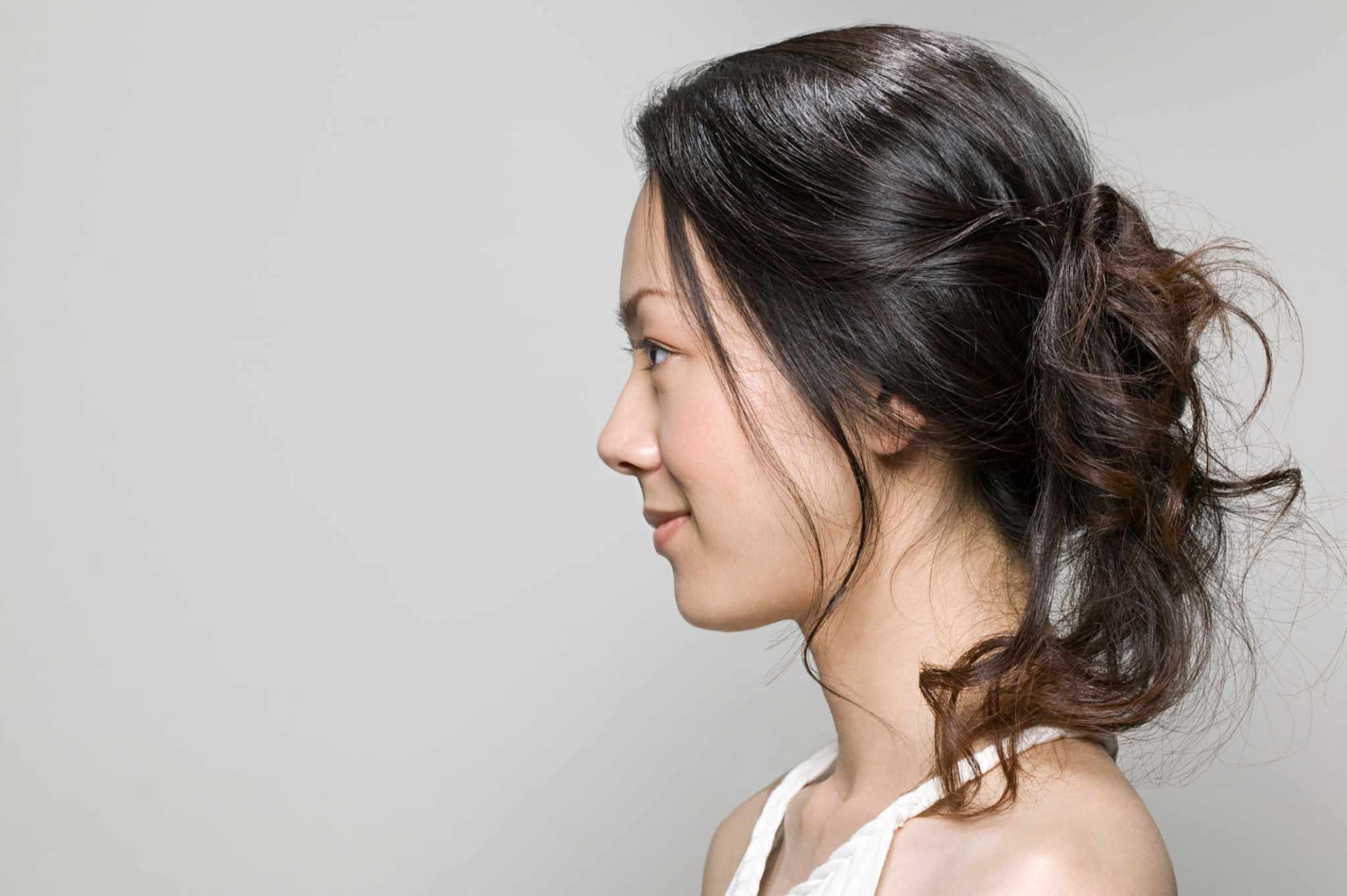Mastering Studio Photography: Tips for Capturing Stunning Portraits
Understanding the Basics of Studio Photography
Studio photography offers a controlled environment where photographers can craft their ideal lighting and background settings. This control allows for the creation of stunning portraits, making it an essential skill for photographers. Mastering studio photography requires knowledge of equipment, lighting, and techniques to bring out the best in your subjects.

Essential Equipment for Studio Photography
To capture breathtaking portraits, having the right equipment is crucial. A reliable camera with manual settings is a must. Consider investing in a high-quality lens, as portraits often benefit from lenses with wide apertures. Additionally, a sturdy tripod helps maintain stability during shoots, ensuring sharp images.
Lighting is another key component. Studio lights, such as strobes or continuous lights, allow for precise control over shadows and highlights. A set of softboxes and reflectors will help soften light and reduce harsh shadows, creating a more flattering look.
Mastering Lighting Techniques
Lighting can make or break a portrait. Begin by understanding the different types of lighting setups:
- Rembrandt Lighting: This classic technique creates a triangle of light on the subject's cheek, adding depth and dimension.
- Butterfly Lighting: Named for the butterfly-shaped shadow it casts under the nose, this setup is ideal for glamour shots.
- Split Lighting: This dramatic style lights one side of the face while leaving the other in shadow.
Experimenting with these techniques will help you determine which best suits your subject’s features and the mood you wish to convey.

Posing and Directing Your Subject
A great portrait not only relies on technical expertise but also on how you interact with your subject. Communication is key. Guide your subject into poses that highlight their best features while keeping them comfortable and natural. Encourage them to relax their shoulders, maintain gentle eye contact, and find a posture that feels authentic.
Remember to be patient and provide positive feedback. This can help ease any nervousness your subject might feel, resulting in more genuine expressions.
Post-Processing Tips for Stunning Results
Post-processing is an essential step in perfecting your studio portraits. Tools like Adobe Lightroom or Photoshop allow you to make adjustments to exposure, contrast, and color balance. While editing, ensure that you maintain the natural look of your subject by avoiding over-editing.
Consider using retouching techniques to refine skin texture and remove blemishes while preserving the subject's unique features. Always aim for a polished yet realistic result.

Building Your Studio Photography Portfolio
Your portfolio is your calling card as a photographer. To create a compelling portfolio, select a diverse range of images that showcase your skills in different lighting setups and styles. Include portraits that highlight your ability to capture emotion and personality.
Regularly update your portfolio with your latest work to reflect your growth and current capabilities. A strong portfolio can help attract potential clients and opportunities in the field of studio photography.
Continuous Learning and Experimentation
The world of studio photography is ever-evolving, with new techniques and technologies emerging regularly. To stay ahead, commit to continuous learning. Attend workshops, follow industry leaders online, and engage with photography communities to exchange ideas and insights.
Experimentation is equally important. Don’t be afraid to try new lighting arrangements or unconventional poses. Each session is an opportunity to refine your craft and discover new creative possibilities.

Conclusion: Embrace the Art of Studio Photography
Mastering studio photography is a rewarding journey that combines technical skill with artistic vision. By understanding equipment, honing lighting techniques, effectively directing subjects, and refining post-processing skills, you can create stunning portraits that captivate viewers.
Embrace each opportunity to learn and grow as a photographer, and let your passion for capturing human expression guide you in creating unforgettable images.
